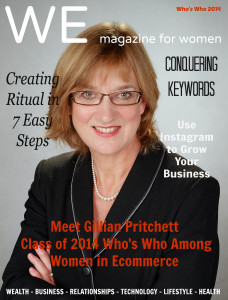 You never know when a marketing or business thought is going to arise. They’ve been popping up frequently and often during my two week teaching stint in Split (Croatia).
You never know when a marketing or business thought is going to arise. They’ve been popping up frequently and often during my two week teaching stint in Split (Croatia).
On the middle weekend I hopped on a ferry operated by Jadrolinja and visited the island of Brac. It’s the largest of the islands that can be easily reached by ferry from Split.
Like much of Croatia, Brac is composed of karst limestone and is especially renowned for it’s lovely white limestone that’s quarried near Pucisca. In the 4th century it was shipped across to Split to build the palace of the Roman Emperor Diocletian – which is an amazing place to wander around. In the 20th century it was used for the columns of the White House.
Local craftsmen use the limestone to make bowls, vases, clocks, jewellry – mainly for the tourist industry. Some of the bowls were really beautiful but with European airlines being so strict on the weight of hand luggage and checked baggage buying such heavy items as a souvenir is not really possible. I made this comment to several stall holders and they confirmed that this was an issue for their business
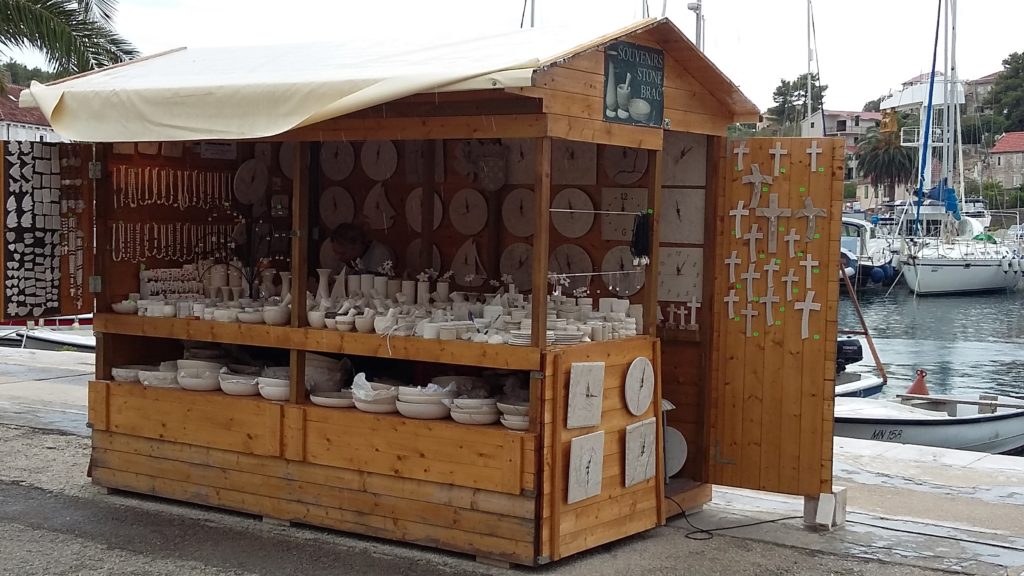
So this is where the business thought came into my head.
There I was in Brac where limestone bowls are so heavy that tourists aren’t buying them so often. The week before I’d been teaching in Prague and learned that the City council had voted in May 2016 to ban segways from the tourist areas of the city as there’d been so many accidents and complaints. This of course was really bad news for the companies offering tours of the city on segways.
For years I’ve stressed to my students and clients the importance of examining the external environment of their business. Often they yawn – there she goes again. But it’s crucial to be aware of the opportunities and of the threats and you can only know these if you routinely monitor the environment in which your company does or will operate. (For those of you who have studied business I’m referring to the PESTEL analysis).
So here’s some questions for you .. how can a company predict the future – for example the limestone carvers and the reduced luggage allowance on flights and the ban on segways tours in Prague? How can a company be flexible and not reliant on one source of income or one type of customers?

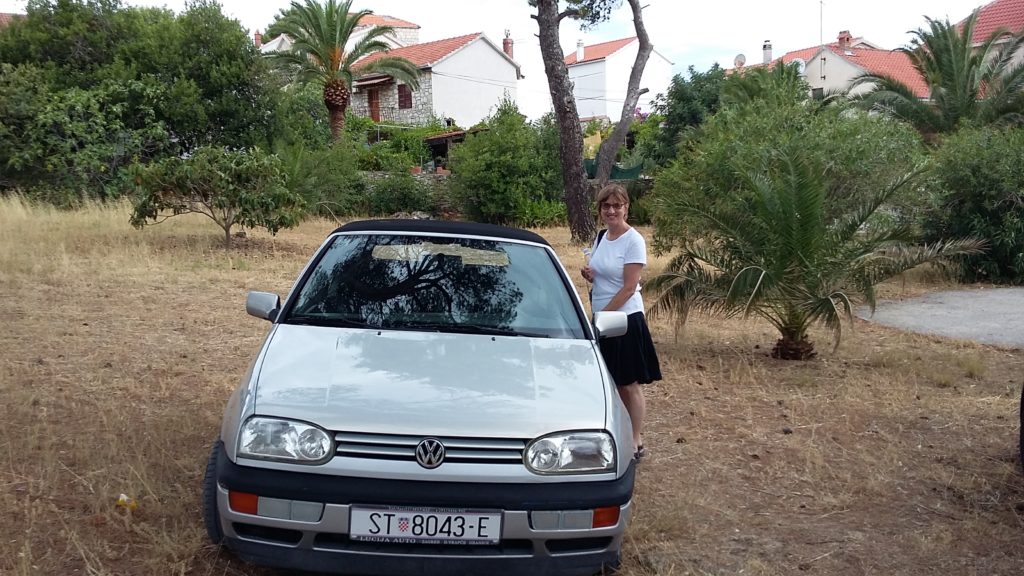 In a previous post I talked about how to differentiate yourself from similar businesses and used the example of a market for fruit and veg stalls.
In a previous post I talked about how to differentiate yourself from similar businesses and used the example of a market for fruit and veg stalls.
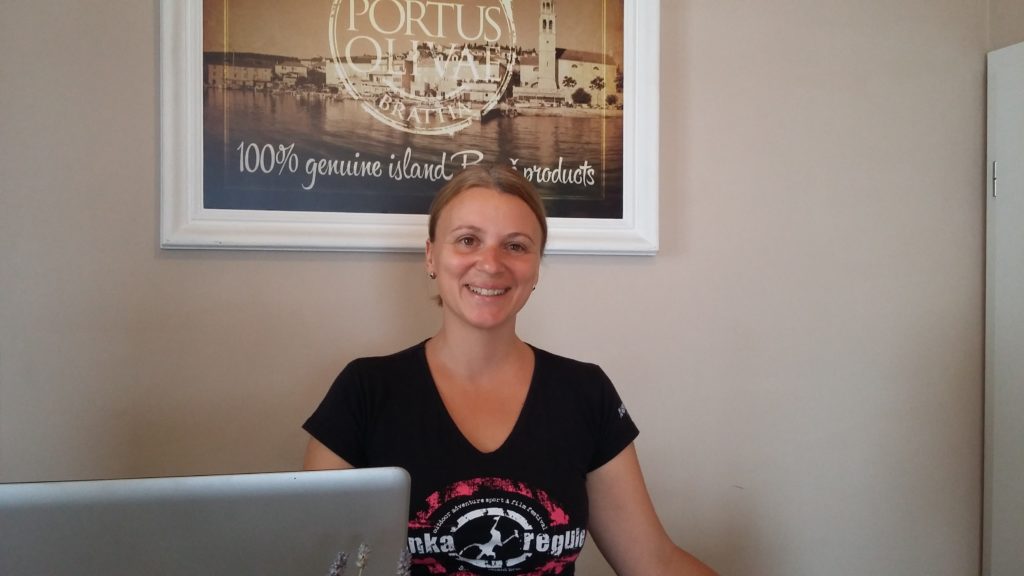
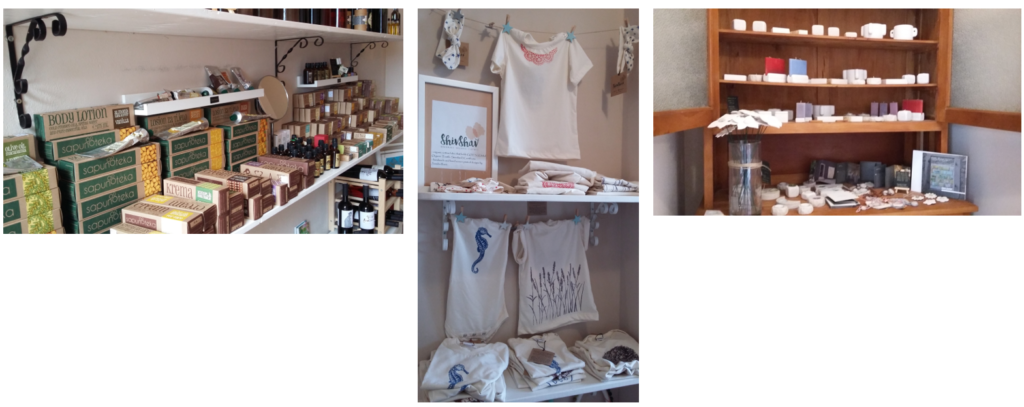
![20160806_084824[1]](http://www.thebusinesslaunchpad.com/wp-content/uploads/2016/08/20160806_0848241-1024x576.jpg)

 I’m teaching an intensive Fundamentals of Marketing course in Split (Croatia) at the moment. Today being Saturday I decided to take myself off to the pretty little town of Trogir on a boat operated by Bura Line. In theory the boat departs from a quay not far from the harbour masters building but at 9am this morning there was no sign of it. I asked at the information booth and the guy responded to my question by saying: “I’m getting fed up with people asking about the boat to Trogir. I’ve no idea where it’s leaving from.”
I’m teaching an intensive Fundamentals of Marketing course in Split (Croatia) at the moment. Today being Saturday I decided to take myself off to the pretty little town of Trogir on a boat operated by Bura Line. In theory the boat departs from a quay not far from the harbour masters building but at 9am this morning there was no sign of it. I asked at the information booth and the guy responded to my question by saying: “I’m getting fed up with people asking about the boat to Trogir. I’ve no idea where it’s leaving from.” I went to the harbour masters office and discovered that it was leaving from a totally different quay some way off. I had just 10 minutes to get there – jumping over cables and zig zagging around people pulling suitcases.
I went to the harbour masters office and discovered that it was leaving from a totally different quay some way off. I had just 10 minutes to get there – jumping over cables and zig zagging around people pulling suitcases.
 e for you to tap into the ability to create the life and business you really want. The process is simple and you’ve probably heard something like it before:
e for you to tap into the ability to create the life and business you really want. The process is simple and you’ve probably heard something like it before: Business Coach & Mentor Barb Wade specializes in teaching entrepreneurs how to make more money more easily while enjoying a business and lifestyle that reflects their priorities. Download Barb’s “Word-for-Word Scripts To Overcome Objections” and book more high-paying clients now at
Business Coach & Mentor Barb Wade specializes in teaching entrepreneurs how to make more money more easily while enjoying a business and lifestyle that reflects their priorities. Download Barb’s “Word-for-Word Scripts To Overcome Objections” and book more high-paying clients now at  Erin Alli
Erin Alli


